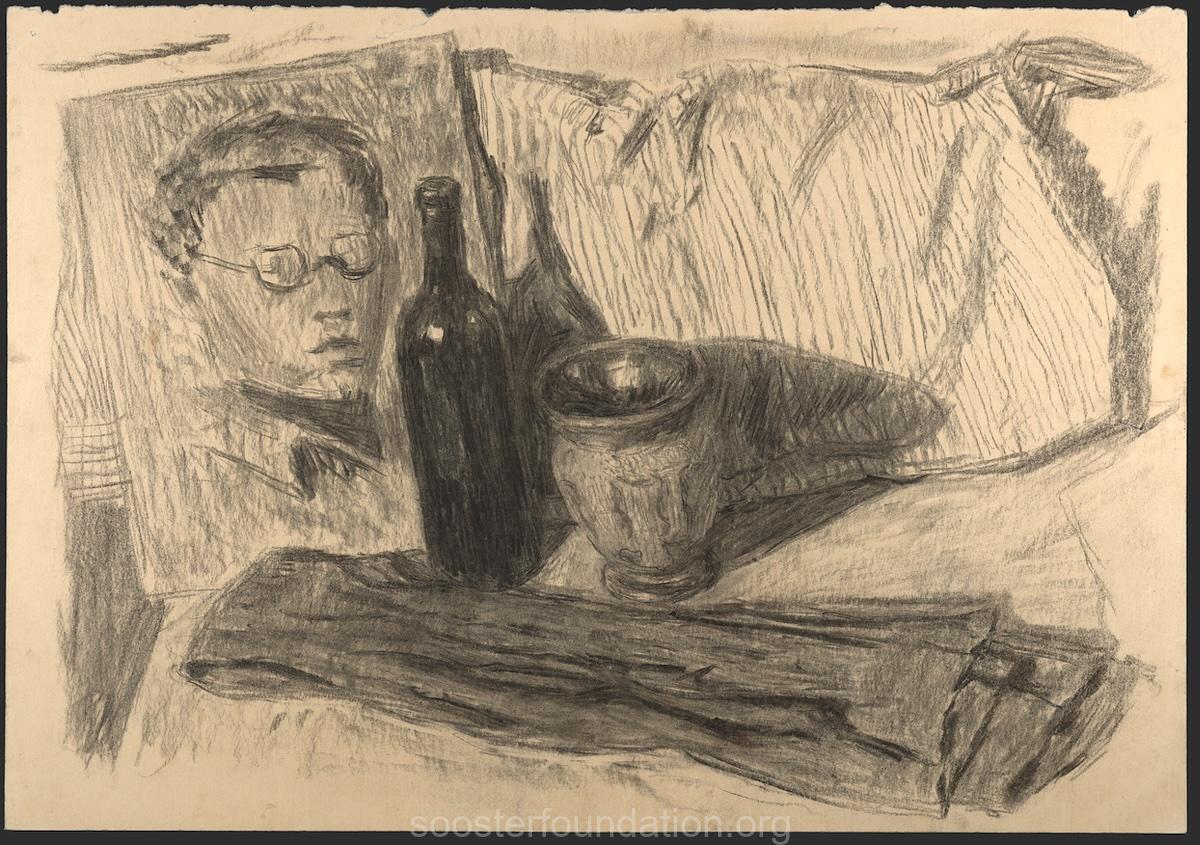Hiiumaa

1918
February 24 – The adoption of the Estonian Declaration of Independence and the formation of the Republic of Estonia.
1920
On June 15, the Constituent Assembly approved the draft of the first constitution of the Republic of Estonia.
1934
In January, the second constitution came into effect. The parliamentary form of government was abolished, and in October, the parliament was dissolved.
However, the country's economy, particularly its industry, was growing, and the cooperative movement was developing.
"Ülo Sooster was born on October 17, 1924, on the island of Hiiumaa in the village of Ühtri, Käina Parish. He began his schooling in his native village and continued it on his home island in Kärdla. His high school years were spent in Tallinn, at the French Lycée. But the island of Hiiumaa, with its pristine nature, where not only the way of life but even the humor of the islanders was vastly different from the mainland, remained not just the land of his childhood. The leitmotifs that pervade all his subsequent works – fish and junipers – originate from here... The artist transforms the archetypes of his childhood into universal ones, making them organically part of art."
From art historian Reet Varblane's article "Ülo Sooster and His Time"
1924


Born on October 17 at Pendi farm, Käina Parish, Ühtri village, Hiiumaa island. He was given the double name Ülo Ilmar.
The surname Sooster in the Hiiumaa dialect means “currant”. Just as bright as this berry were the members of the family, which traces its roots back to Pent Sooster (1665-?).
Little Ülo spent a lot of time with his great-grandfather Siim, who was an excellent storyteller, played the mandolin and other musical instruments. Grandfather Juhan gathered a large library, was an inspector of the parish school and a pastor of the Baptist community in the village of Juhtri, while also managing the farmstead.
Uncle Julius was an educator, choirmaster, and composer. He wrote a musical piece that was considered the anthem of Hiiumaa for many years.
The Soosters were involved in composing music, singing in choirs, theatrical productions, drawing and modeling, and translating the Bible from Greek into Estonian. They lived year after year on a small island in the Baltic Sea, "where the clouds enter the forest and exit the forest," and the winds sing songs to the stars.
Johannes, Ülo’s father, played various musical instruments from childhood, led the family choir and later the parish choir, and conducted a string orchestra. He became a well-known musical instrument maker in Estonia.
Üo’s mother, Veera Sooster, née Tatter, came from a family that had lived on Hiiumaa for several centuries. Veera loved to sing and was a member of the choir, but she devoted most of her time to her family and the Pendi estate. There was a large house, a wonderful fruit garden, and a vast farm that required daily care.


Behind - Juhan Sooster

1932
Ülo started elementary school in the village of Ühtri.
According to the memories of his sister Meedi, who was two years younger, "clay was Ülo's first artistic material. At the edge of the Pendi well, there were clay animal figurines made by him all summer. Then he developed a passion for drawing. When paper was scarce, he drew on the edges of newspapers and plywood. His greatest desire was to hide somewhere in the shade and draw peacefully, to distract himself from the numerous household chores that were plenty for the children as well."

1938
The National Assembly approved (in 1937) the third constitution, which came into effect on January 1, 1938. Estonia became a presidential republic rather than a parliamentary one.
1939
On August 23, Germany and the USSR signed the Non-Aggression Pact (Molotov-Ribbentrop Pact). Estonia and several other countries were "assigned" to the Soviet sphere of influence.
On September 1, World War II began.
On September 28, the Estonian government was forced to sign a treaty allowing Soviet military bases to be established on its territory.
1940
On August 6, Estonia was annexed into the USSR.
1941
On June 22, Germany attacked the USSR.
On August 6, Estonia was annexed into the USSR.
1938
Ülo entered secondary school in the city of Kärdla.
"‘Art requires sacrifices!’ – this is how Ülo consoled his family when he injured his thumb while doing his first graphic experiments on pieces of linoleum… He started studying French and English to read art books and magazines stored in the family library. Getting into art school was his sole and powerful goal, and his mother’s warning about the lack of support did not scare him either," his sister Meedi recalled.



1940
Ülo enrolled in the French Lycée in Tallinn.
According to art historian Reet Varblane, "the time spent at the French Lycée not only provided a strong foundation in the French language but also gave him a broader cultural perspective, which became exceptionally evident during his subsequent studies at the art school in Tartu."
1941

prep. 1938-41
Johaness Sooster, Ülo's father, is mobilized into the Red Army. Ülo returns to the farm and helps run the household.